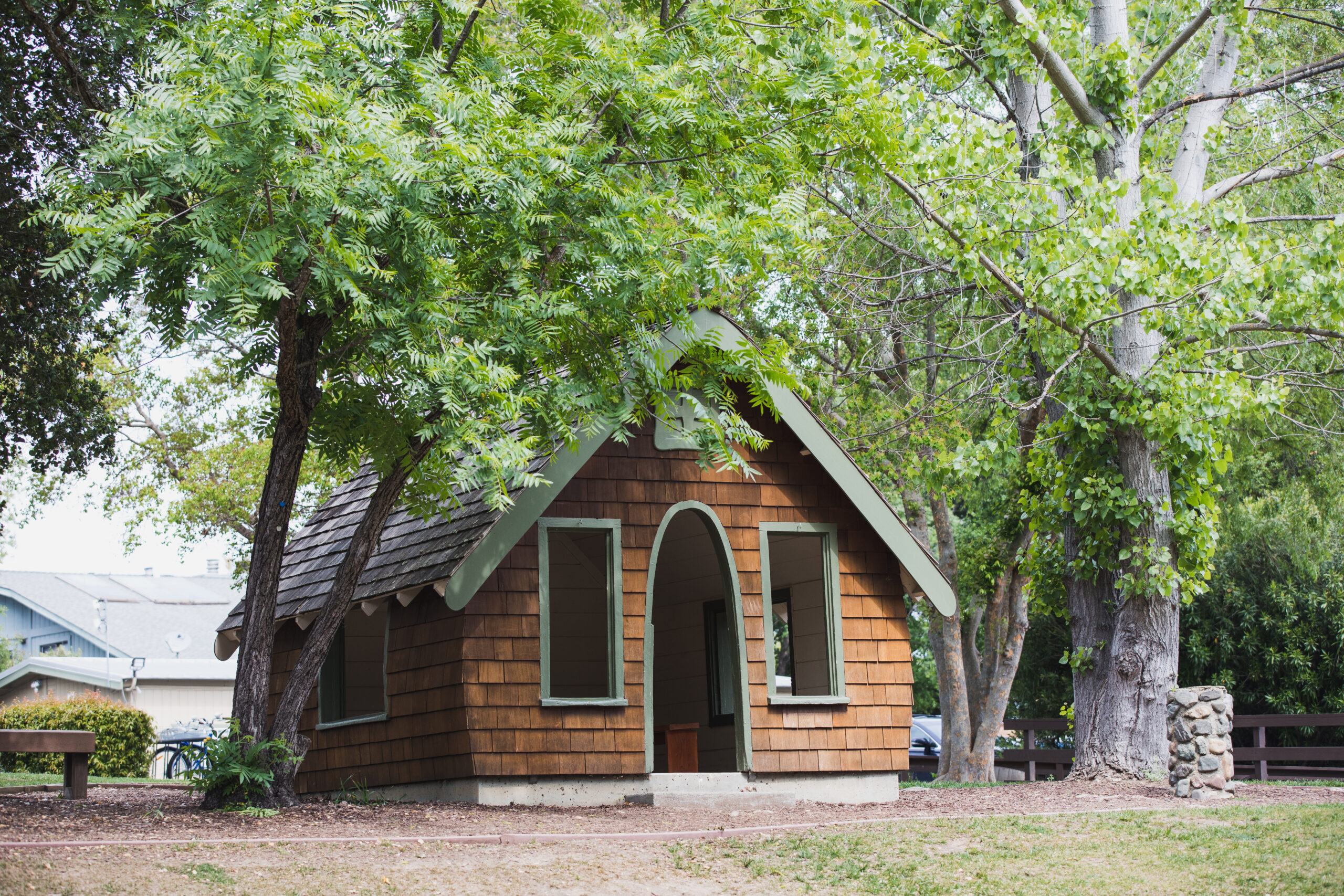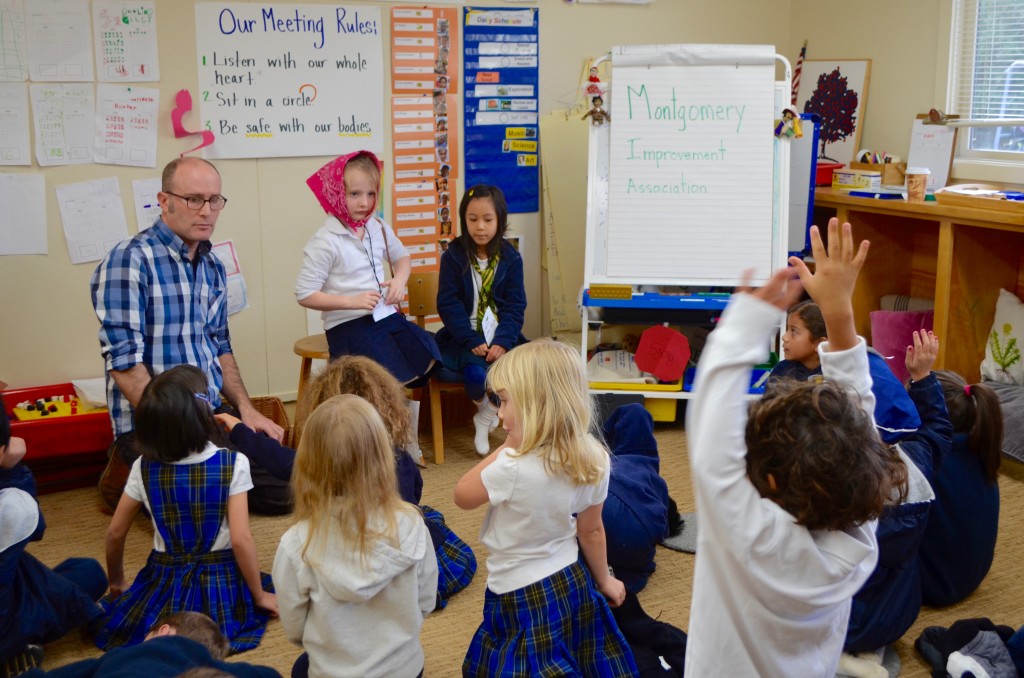Last spring, the Board of Trustees adopted a revised Statement of Inclusivity, building on the original statement approved by the Board in 2002. Developed by the Inclusivity Task Force, a multi-constituent group made up of faculty, staff, administrators, parents, and members of the Board of Trustees, the statement reaffirms Hillbrook’s commitment to be an intentionally diverse community that reflects the extraordinary diversity of Silicon Valley. It calls on us to lean into the sometimes complex and challenging conversations about inclusivity that are required to create a community in which each individual feels valued and has a voice.
This past Monday, we talked about the new Statement of Inclusivity at the HSPC meeting and shared some of the work new Director of Inclusivity and Diversity Jules Findlay has been doing this past year to support teachers in creating activities and discussions connected to diversity and inclusivity within our program. Recent examples include an 8th grade history study where they analyzed and discussed stereotypes in Disney characters, a conversation that emerged from an initial study of Walt Disney’s character, Jim the Crow, in “Dumbo.” Other examples include a unit that is being developed about stereotypes in 2nd grade and an integrated history/English unit in 6th grade connected to the reading of Chains, a book about two young slave girls in the antebellum era.
In addition to the work we are doing in the classroom, the Inclusivity Task Force will have its first meeting of the year this Friday, focusing on this year’s topic – socioeconomic diversity. This work dovetails with conversations we are having about tuition assistance and how we can create a long-term financial model to support this important commitment from the school. As one example, the fund-a-need at this year’s auction will be in support of tuition assistance, helping us to generate increased philanthropic support to grow and sustain the tuition assistance budget which is over $1 million per year and allows us to provide tuition support to over 20 percent of our students.
Clearly, as a school, we are broadening and strengthening our work in this area. So some may ask – why?
The answer hearkens back to our earliest years as a school. Since our founding in 1935, we have been committed to attracting a diverse group of children to the school, knowing all children – regardless of their background – will thrive if given the right educational environment. It is at one level a question of equity, a recognition that the opportunity for a Hillbrook education should be available to students of all ethnicities, races, and socioeconomic status, and that we should continue to seek to enroll students who have been historically underrepresented in independent schools.
In more recent years, we have also come to understand that there is an academic argument for how creating a diverse environment benefits all students. Indeed, a growing body of research has emerged in the past few years arguing that diversity makes us smarter. An article by Katherine Phillips in Scientific American in September 2014, “How Diversity Makes Us Smarter,” for example, described a series of studies that show that individuals respond differently to ideas when they come from diverse individuals. In one study, for example, university students were asked to discuss a social issue for 15 minutes. Researchers then wrote a dissenting opinion and had it delivered by a white or black member of the group. Phillips writes, “When a black person presented a dissenting perspective to a group of whites, the perspective was perceived as more novel and led to broader thinking and consideration of alternatives than when a white person introduced that same dissenting perspective. The lesson: when we hear dissent from someone who is different from us, it provokes more thought than when it comes from someone who looks like us.” Viewed collectively, the studies in Phillips article make a compelling case that “we need diversity -in teams, organizations and society as a whole—if we are to change, grow and innovate.”
In a New York Times article titled, “Diversity makes you brighter,” Sheen Levine and David Stark described studies showing that people in diverse groups make smarter decisions. They write, “When surrounded by people “like ourselves,” we are easily influenced, more likely to fall for wrong ideas. Diversity prompts better, critical thinking. It contributes to error detection. It keeps us from drifting toward miscalculation.” In the end, they argue, “Ethnic diversity is like fresh air: It benefits everybody who experiences it.”
If diversity matters for issues of equity and academic excellence, inclusivity matters because it ensures that all children are given the best opportunity to thrive. If we are going to commit to attracting and enrolling a diverse student body, something that has been part of our mission since our founding, we must create a culture and climate where all children and families are celebrated for who they are, and where all children and families feel like they have full membership in our community. We understand that children must be known and valued as individuals in order for them to achieve their highest individual potential in school and in life.
People often remark that we are preparing children for a world that we cannot imagine. Creating a diverse and inclusive environment and equipping our children with the skills and knowledge they need to live in an increasingly diverse world is one way we can ensure that they will thrive in that world, even if we don’t know exactly what it will be.

